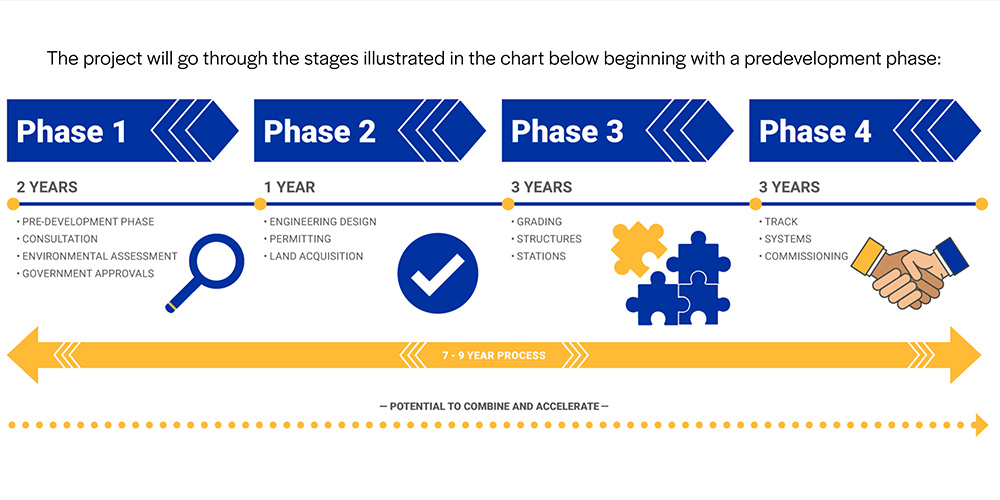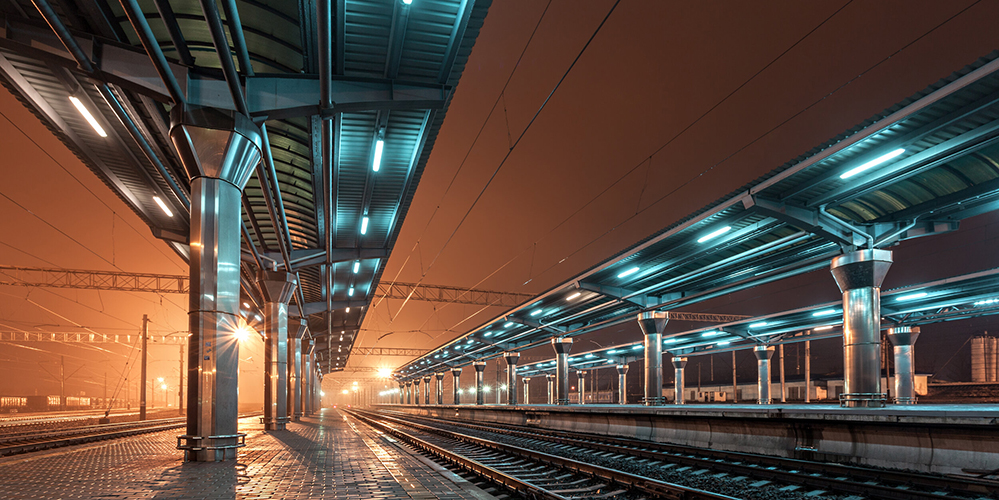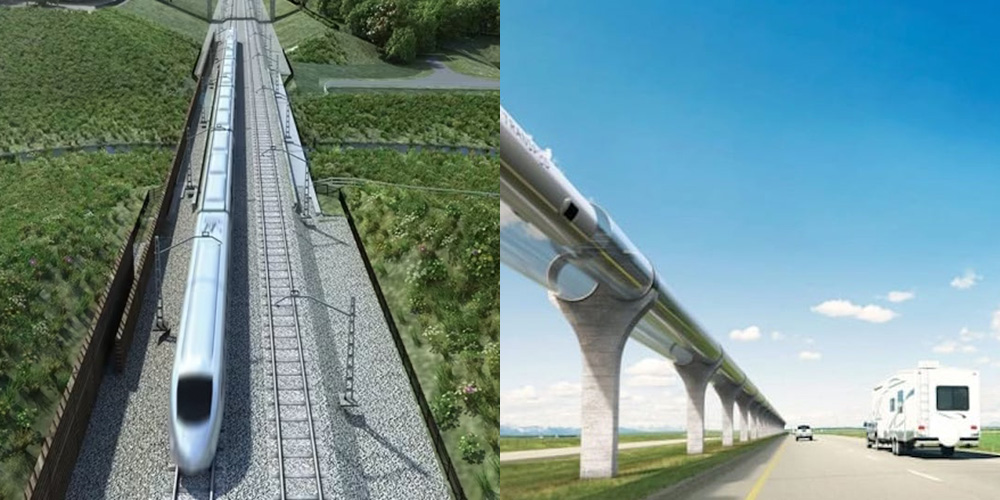For over 50 years, Albertans have heard about on-again, off-again plans to establish a high-speed rail link between Calgary and Edmonton, but these plans always seem to get derailed.
But the idea just won’t die. The need for a high-speed rail was pitched again in the Alberta government’s October throne speech:
“As we surpass five million people in the coming 24 months, Alberta’s government must set priorities and guide its work through the lens of understanding that by 2050, our province is projected to be the second largest in the country with a population approaching 10 million people,” the speech states.
Most experts dispute the high population growth projection, and the government did not say where they got the numbers from. Nevertheless, these high population numbers have the government thinking about trains again.
“And yes, we need to start planning for the inevitable need for high-speed rail through the Calgary-Red Deer-Edmonton corridor when six to seven million Albertans eventually call that corridor their home,” the speech stated.
A 2014 provincial study determined that a high-speed rail was not feasible, projecting insufficient ridership to justify the investment even by the middle of the century. However, this assessment did not account for the government’s new optimistic forecast of a provincial population of 10 million Albertans.
So, is the government now stepping in to build Albertans a high-speed train service?
From the rhetoric, you’d think so. But the answer is “No.”
Premier Smith’s government wants a private company to do that.


So Will it Ever Get Built?
In 2021, EllisDon, a prominent Canadian construction company, and AECOM, a leading American consulting firm, partnered up to create Prairie Link.
This partnership aims to develop a high-speed passenger railway connecting Edmonton and Calgary.
These private companies have already signed a memorandum of understanding with the provincial government to advance this project.
The project is currently in the planning and predevelopment phase, and if it proceeds, it will take seven to nine years to complete.
Another company, Transpod, based in Toronto, is also looking into the feasibility of a profit-making high-speed train running between Calgary, Red Deer and Edmonton.
But not all high-speed rail supporters are on board. James Wilt, author of Do Androids Dream of Electric Cars?, a book about the importance of public transportation, strongly opposes the privatization of transportation infrastructure.
“I have very little faith that the project will be completed on time [and on budget],” he adds, pointing to the ongoing saga of the troubled Valley Line light-rail project in Edmonton.
Construction on the Valley Line commenced in 2016, targeting a December 2020 launch. However, numerous issues, such as a submerged concrete block, 30 cracking concrete piers, and 140 km of deteriorating signalling cable, along with other complications, have delayed the opening. Over two-and-a-half years past its scheduled inauguration, the line remains non-operational.
Previous estimates had Prairie Link starting the construction phase in 2023, but that has yet to happen.
Sound familiar?


Will the Proposed Trains Be Better For the Climate?
This is harder to answer.
Right now, Prairie Link says that it will run either an electrified train or a hydrogen train service, whereas Transpod will be fully electric.
The kind of energy each proposal uses will have a big impact on the carbon footprint.
“If you look at global averages for energy efficiency, trains really are the best form of transportation aside from bicycles if you’re talking about carbon footprints,” says Ryan Katz-Rosene, an Assistant Professor of political studies at the University of Ottawa.
Katz-Rosene told CBC News, “Where are you going to get that hydrogen from? Where are you going to get the electricity from? Alberta’s electrical grid is much cleaner than it was ten years ago, but it’s still the dirtiest grid in Canada,” he says.
If the plans Danielle Smith took to COP28 are any indication, Alberta will have a ‘green-energy’ grid powered by electricity and hydrogen. The heat-trapping pollution created by natural gas plants will store carbon pollution in massive underground basins below the Alberta landscape.
However, many experts are skeptical of the feasibility of Smith’s plan.
But Smith remains undeterred by facts. Recently, she’s made dubious claims that:
- Alberta’s ‘clean’ natural gas can help both India and China reach net zero by 2050;
- The federal government owes Alberta 53% of the funds in the Canada Pension Plan should Alberta decide to create their own pension plan.
Is Premier Smith’s proposal for a high-speed train yet another run-away dream?
The current government seems to prefer to put the public interest into private hands, so maybe Danielle Smith’s trust in corporations to make the right decisions for Alberta’s future is something we should embrace.
After all, the government doesn’t seem interested in that job.
All aboard?








